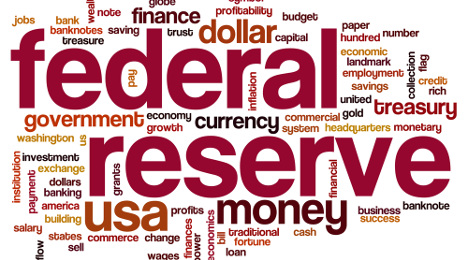Experts not surprised Fed passes on rate rise

When the Federal Open Market Committee’s first opportunity to make another interest rate adjustment arrived this week, the Federal Reserve unanimously passed on making another increase, maintaining the target range for the federal funds rate at 0.50 percent to 0.75 percent.
In explaining their decision, Fed officials said in a statement that information they received since meeting in December indicated the labor market has continued to strengthen and economic activity has expanded at a moderate pace. They also noted job gains remained solid, and the unemployment rate stayed near its recent low.
Furthermore, the Fed mentioned household spending has risen moderately while business fixed investment has remained soft. Meanwhile, despite an uptick inflation, the FOMC pointed out the metric remains below its 2-percent longer-run objective.
“Consistent with its statutory mandate, the committee seeks to foster maximum employment and price stability,” the Fed said. “The committee expects that, with gradual adjustments in the stance of monetary policy, economic activity will expand at a moderate pace, labor market conditions will strengthen somewhat further, and inflation will rise to 2 percent over the medium term.
“Near-term risks to the economic outlook appear roughly balanced. The committee continues to closely monitor inflation indicators and global economic and financial developments,” the Fed added.
SubPrime Auto Finance News reached out to KAR Auction Services chief economist Tom Kontos to obtain his reaction to the Fed’s action.
“The latest Fed move is no surprise as inflation and unemployment rates are at comfortable levels,” Kontos said via email. “Considering the uncertainty relative to the new administration’s fiscal policies, the Fed is better off saving monetary policy moves for later.”
As for when those policy moves might arrive, Stifel Nicolaus chief economist Lindsey Piegza added that this week’s announcement did little to shed light on what might be ahead from the Fed.
“Those hoping for even a smidgen of additional guidance as to the timing of the next rate hike were sorely disappointed by today’s FOMC statement,” Piegza said. “Minimal changes to the language relative to the December statement, today’s release simply underscored the continued ‘moderate’ pace of the economy coupled with committee members’ recognition of sizable uncertainty stemming from a new administration in Washington.
“Acknowledging the improvement in sentiment, policy makers were equally willing to point out the still-sluggish level of corporate investment, a disconnect that reinforces the notion that the Fed will not base monetary policy on political promises alone but wait until the impact of said policy has trickled down into the economy with a presumably positive effect,” she continued. “After all, as noted in the December FOMC meeting minutes, depending on the mix of tax, spending, regulatory, and other possible policy changes, economic growth could turn out to be faster or slower than currently anticipated.
“For now, with a number of question marks from a fiscal standpoint, and still a lack of clear direction in the underlying economy, most committee members appear well suited to err on the side of caution, waiting on the sideline for additional information on how the U.S. economy is evolving in the New Year,” Piegza went on to say.

 View The Latest Edition
View The Latest Edition

